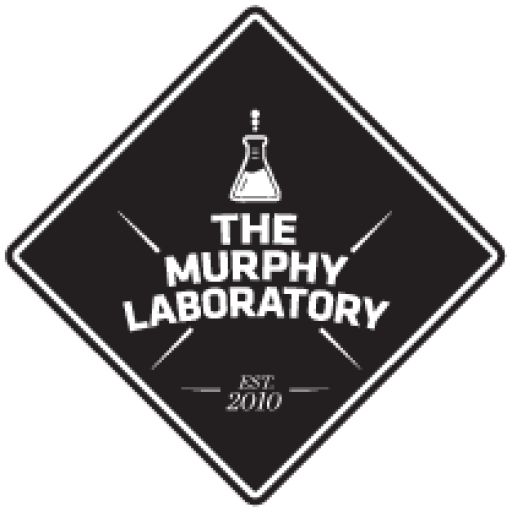Hereditary transthyretin amyloidosis (ATTR amyloidosis), is an autosomal dominant disorder that can result from over 100 possible mutations in the transthyretin (TTR) gene. These mutations promote the misfolding of native TTR species and ultimately lead to the aggregation of proteotoxic species that deposit at downstream target organs (e.g. peripheral nervous system and cardiac tissue), and result in cell death.
A. Gene Editing in Patient iPSCs to Understand Novel Aspects of ATTR Amyloidosis. We have developed a universal gene editing strategy in patient-specific iPSCs that allows for the amelioration of all TTR genetic lesions by eliminating the production of disease-causing variants. MS analysis of corrected iPSC-derived hepatic supernatants revealed elimination of mutant TTR, resulting in diminished target cell toxicity. This procedure also allowed for the interrogation of global transcriptomic differences between control iPSC-derived hepatocyte-like cells (HLCs) and those expressing the most proteotoxic TTR mutation. By employing scRNAseq to compare syngeneic corrected and uncorrected ATTR iPSC-derived HLCs, we found distinct transcriptional changes in cells expressing the disease-associated TTR mutant, including activation of UPR-associated signaling pathways shown to protect the extracellular space from TTR aggregation. Results from these studies represent a potential cell-based therapeutic strategy for treating all forms of ATTR and challenge the notion that ATTR livers are unaffected in disease pathogenesis, highlighting possible biomarkers for this notoriously difficult to diagnose disease.
B. Mapping TTR expression throughout human development. Historically, it has been thought that TTR is produced chiefly by the liver, choroid plexus, and pancreas. Interestingly, however, several studies now implicate TTR expression in previously underappreciated cell types including: neuronal cells, cardiomyocytes, and lung lineage cells. In this project, we will utilize the inherent flexibility of iPSCs capable of differentiating into any cell type in the body, coupled with our TTR reporter iPSC-line to interrogate expression of TTR in numerous cell types.
C. Understanding organ tropism in ATTR amyloidosis. Patients with ATTR amyloidosis present with extreme variation in symptomatology (e.g. cardiomyopathy, peripheral neuropathy, etc.). Interestingly, this organ tropism appears to be mutation-specific, with some TTR variants (e.g. TTRV122I) primarily manifesting with cardiac involvement whereas others (e.g. TTRL55P) present as neuropathy. Although a well-documented phenomenon, the mechanism underlying mutation-specific organ targeting remains unknown. In this project, we will utilize gene editing to understand global transcriptomic and proteomic differences in TTR-producing cells expressing cardiac and neuropathic-specific TTR mutations.
